Payments problems, flaky tech and disinterested staff: here’s why Pull & Bear must up its retail stores game
RTIH’s secret shopper returns, this time checking out the in-store experience offered by Pull & Bear.
Pull & Bear, with its trendy appeal among Gen Z and Millennials, has become a go-to for many seeking stylish outfits. However, a recent in-store shopping experience highlighted a significant gap between style and substance, leaving much to be desired.
Excited about a few sale items I had picked up, I approached the checkout counter, eager to complete my purchase. As a loyal reader, you know how much I relish finding a good deal.
However, my excitement quickly turned to frustration when I saw a sign at the counter that read, “ONLY CASH PAYMENTS, EXCHANGES, AND RETURNS.” There were no staff members manning the area, leaving me bewildered.
Another customer kindly informed me that card payments were not accepted at the traditional till and that I had to use the self-service area. I shrugged it off, thinking self-service would be straightforward.
But as I scanned the scene in front of me, I realised this might be more challenging than anticipated.
The customer to my left struggled to get the smart basket to recognise one of her items, and the customer to my right couldn’t figure out how to remove the security tag from his purchase.
Unlike most other self-service areas, like H&M, there was no staff member on hand to assist. In fact, spotting a staff member anywhere in the vicinity was a challenge.
Pull & Bear utilises smart baskets, where machines recognise the items placed in the checkout area so customers don’t have to scan individual items.
When this system works, it can speed up the process. Unfortunately, this wasn’t the case for the customer to my left, who eventually had to move to another self-service till to get all her items recognised.
The technology wasn’t very intuitive, and there were no clear signs or instructions for the less tech savvy. I was with my older mother, who was completely flummoxed by the whole situation.
She told me that if I hadn’t been there, she would have walked out because she couldn’t understand how to use the tills. There was no obvious human support, and paying by card at the traditional counter wasn’t allowed.
After our items were finally recognised, we encountered another problem: we couldn’t figure out how to remove the security tags. The person next to us was still struggling with the same issue.
Desperate, we looked around for a shop assistant but couldn’t find anyone. My mum went off to seek help and returned with a very disinterested teenage girl who flatly told us we were doing it wrong and had to pay first.
While this was understandable, clearer instructions or available staff would have been helpful. My mum then asked if we could pay at the counter, but we were told that card payments were not accepted there.
Jokingly, I asked the staff member if she could stay until we completed our transaction, fearing something else might go wrong. However, she had already started walking off, leaving us to our own devices. It was becoming increasingly clear that I wasn’t the target customer for this brand.
By this point, we had been attempting to pay for about ten minutes, and my patience was wearing thin. We eventually managed to pay and then faced the security tag issue.
A graphic did appear on the screen, showing how to remove the tags, but it was about as helpful as a chocolate teapot.
Fortunately, we were saved by a sweet teenage boy next to us who had just gone through the same ordeal and showed us how to remove the tag. By this time, a queue had formed behind us, yet no staff appeared to help with the customer build-up.
Eventually, we gathered our four tagless items and left the store, relieved that the ordeal was over.
This experience was a stark contrast to other retailers that utilise self-checkouts, like M&S, where the service is efficient and user-friendly, with staff solely manning the area, making the whole process quick and painless.
In comparison, Pull & Bear’s in-store shopping experience was a classic case of style over substance. The tech, meant to enhance the customer experience, ended up being a significant hindrance.
The lack of staff support and clear instructions made the process frustrating and unnecessarily complicated. For a brand that appeals to a tech savvy generation, Pull & Bear needs to ensure its in-store technology is user-friendly and that adequate support is available.
While its trendy styles and bargain prices are appealing, the shopping experience needs a major overhaul. The reliance on self-service technology without proper support turns a potentially smooth process into an ordeal.
If it wants to maintain its appeal to Gen Z and Millennials, it needs to focus on providing a seamless and enjoyable shopping experience.




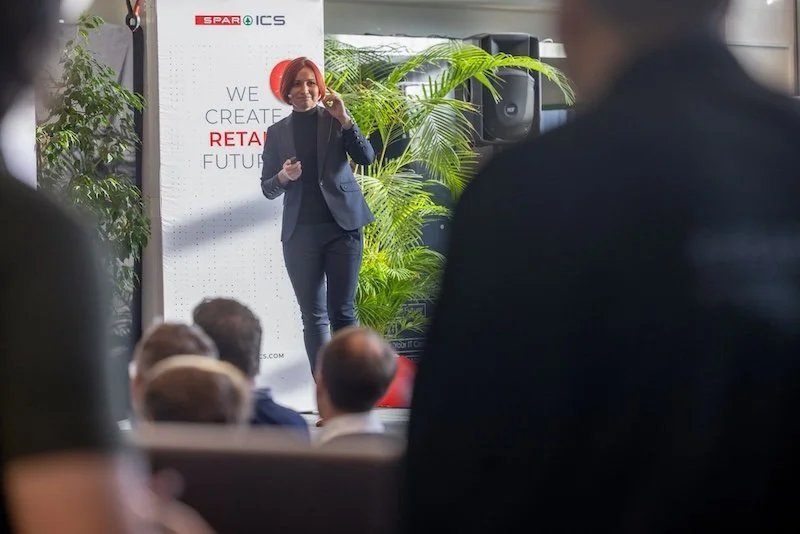



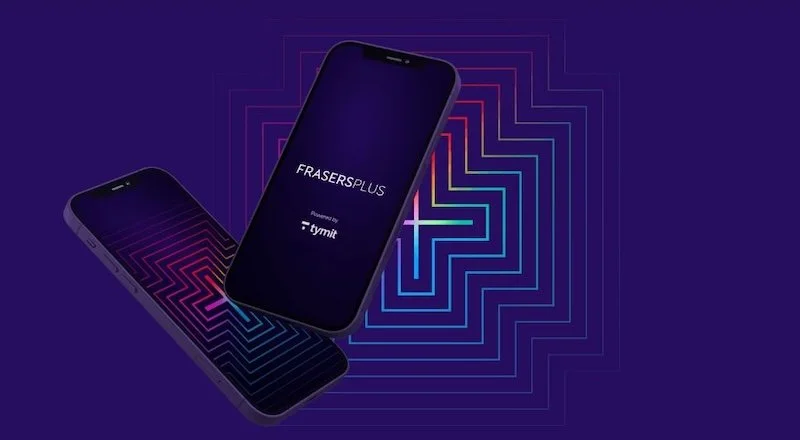
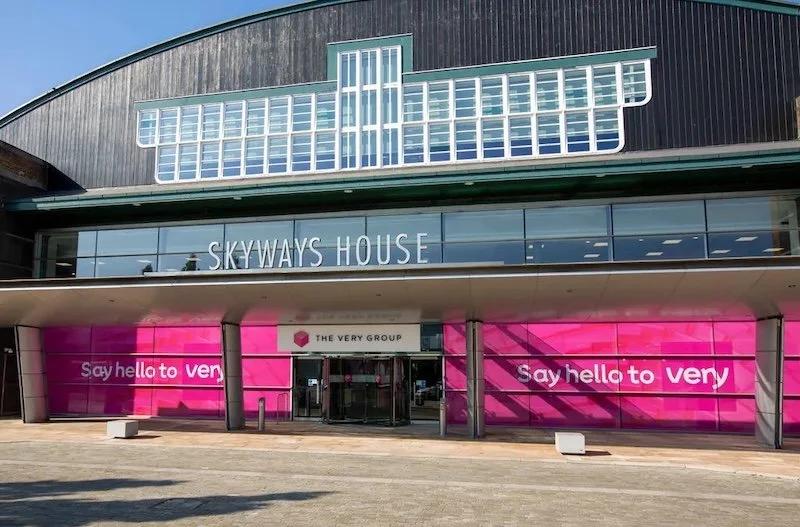




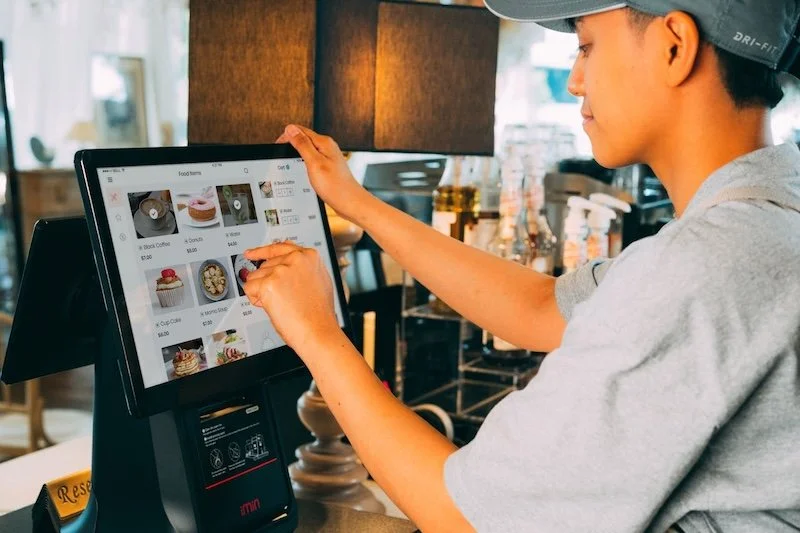



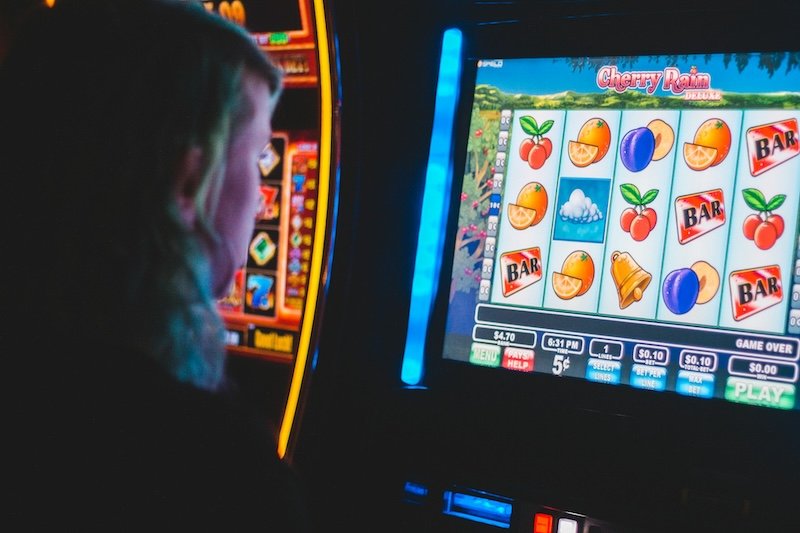


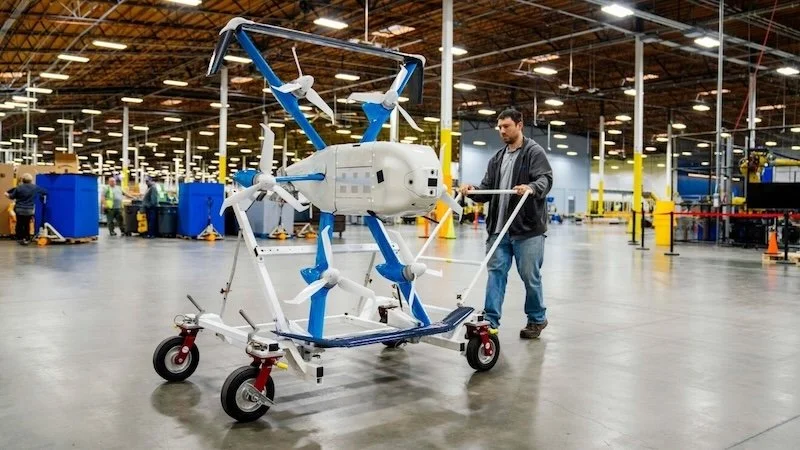










Continue reading…